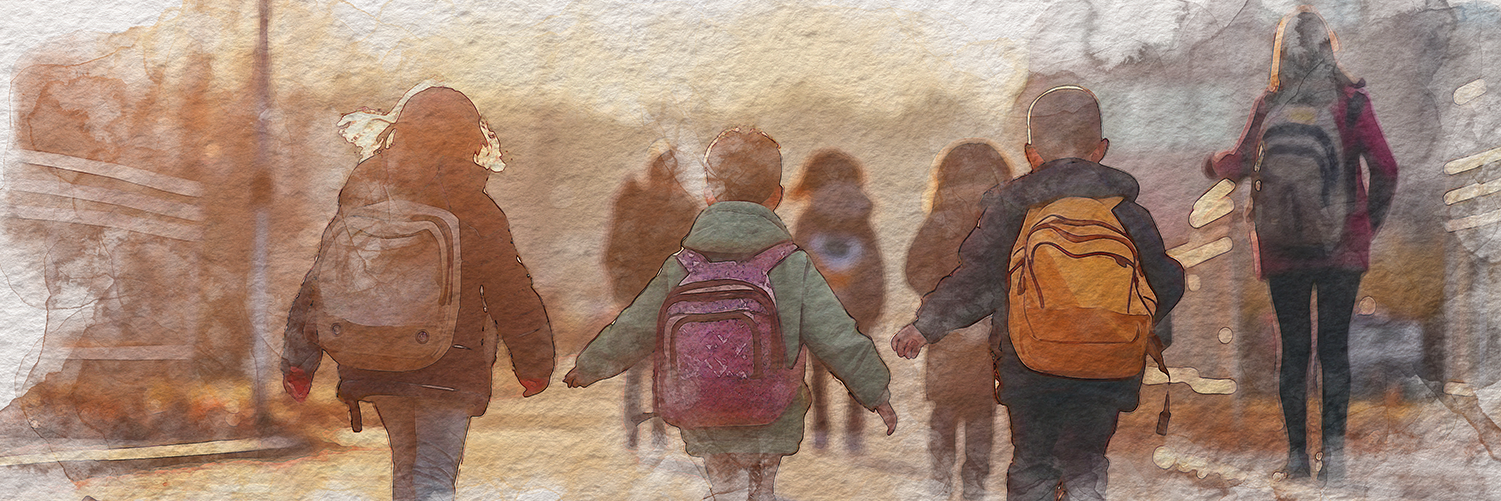
Students and their families take a big hit to their daily schedules when school breaks occur. Every family’s situation is different, but our tips can help make things a little easier.
Jump To:
Young children benefit from having predictability and structure. To support your younger children, you can develop a schedule that helps them stay consistent with what it would be if they were in school. This can be more difficult for older children, but this is a great opportunity to have a conversation about expectations.
Some examples of how to construct their schedule:
These tips can be adjusted depending on the needs of the child and your ability as the parent(s). If you are a family that will require another caregiver during work hours, you can also provide a schedule or list of activities for that person.
Need some ideas for activities for your kids during the day? Think about the activities they do at school and see what is doable from there. If you want to create an activity list yourself, here are some ideas to get you started. Not all activities are safe for all ages to complete independently, so supervision may be required depending on the age of your child.
Children also thrive off of activities that get them up and moving to help them release their excess energy. There are many different ways to get their wiggles out!
School break doesn’t always mean staying home the whole time. For those who can travel, this introduces the possibility of additional stressors that can affect both parents and their young children. The best way to support young children is to prepare them for how to navigate stressful or overwhelming situations.
Regardless of whether this is your child’s first, second or thirtieth time, it can be very overwhelming for them to navigate airports.The biggest thing you can do to support your child is to support yourself. Here are some strategies that you can practice if you feel overwhelmed or anxious at the airport:
Once you have tackled your own anxieties, let’s talk about preparing your kids.
Have kids that require more attention for physical or mental health needs? Talk with their doctor or provider about anything more you should do to support their needs.
Traveling by car can be a great time to make memories together, but it can also be stressful to navigate multiple people’s needs and comfort levels. Similar to traveling by plane, it’s best to review the expectations of a long drive. Driving presents different challenges, such as not being able to quickly address an issue if you’re not sitting next to them or if you are driving. Here are some tips on how to navigate your road trip and protect your mental health.
Before the trip:School breaks mean that your child won’t have the same amount of time with their friends. Being away from kids they can play with, especially if you have a single child or children with a large age gap, can make kids feel lonely and isolated. Find ways to keep them connected by either planning playdates or setting up calls. Here are some ideas on how to keep your child connected with their friends:
However your kids spend their winter break, we hope that you can utilize our suggestions and tips to prioritize their mental health and rest before they go back to school.
NAMI HelpLine is available M-F, 10 a.m. – 10 p.m. ET. Call 800-950-6264,
text “helpline” to 62640, or chat online. In a crisis, call or text 988 (24/7).